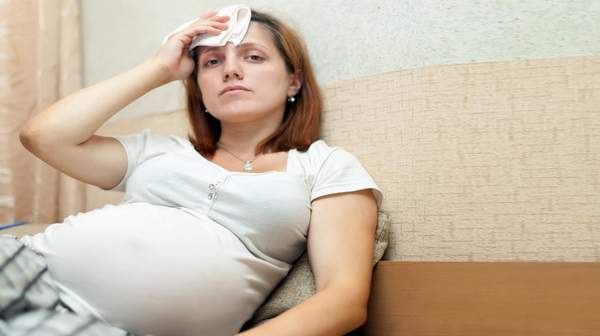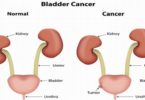What's in this article?
What is Listeriosis?
Listeriosis is an infection that usually develops after eating food contaminated by listeria bacteria.
In most people, listeriosis is mild and causes symptoms including a high temperature (fever), vomiting and diarrhoea. These symptoms usually pass within three days without the need for treatment.
However, in rare cases, the infection can be more severe and spread to other parts of your body, causing serious complications, such as meningitis. Common signs of severe listeriosis include a stiff neck, severe headache and tremors.
Symptoms of Listeriosis
Listeriosis can cause a variety of symptoms, depending on the person and the part of the body affected. Listeria can cause fever and diarrhea similar to other foodborne germs, but this type of Listeria infection is rarely diagnosed. Symptoms in people with invasive listeriosis, meaning the bacteria has spread beyond the gut, depend on whether the person is pregnant. .
- Pregnant women: Pregnant women typically experience only fever and other flu-like symptoms, such as fatigue and muscle aches. However, infections during pregnancy can lead to miscarriage, stillbirth, premature delivery, or life-threatening infection of the newborn.
- People other than pregnant women: Symptoms can include headache, stiff neck, confusion, loss of balance, and convulsions in addition to fever and muscle aches.
People with invasive listeriosis usually report symptoms starting 1 to 4 weeks after eating food contaminated with Listeria; some people have reported symptoms starting as late as 70 days after exposure or as early as the same day of exposure.
Causes of Listeriosis?
Listeriosis monocytogenes is found in soil and water.
- Vegetables can become contaminated from the soil or from manure used as fertilizer.
- Animals can carry the bacteria and can contaminate meats and dairy products.
- Processed foods, such as soft cheeses and cold cuts, can be contaminated after processing.
- Unpasteurized (raw) milk or foods made from unpasteurized milk can be contaminated.
How to Prevent Listeriosis?
The best way to prevent getting listeriosis is to always ensure that you follow good basic food hygiene.
This includes:
- Peeling raw vegetables, salads or fruit, or washing them thoroughly before eating.
- Washing your hands before preparing food, before eating and after going to the toilet.
- Washing kitchen surfaces and utensils regularly, particularly after preparing raw meat, poultry and eggs.
- Always separating raw foods from ready-to-eat foods. Don’t store raw meat above ready-to-eat foods, because there’s a risk that juice containing harmful bacteria may leak from the raw meat.
- Always cooking food thoroughly and checking cooking instructions carefully, including the cooking time.
For foods that are “ready to eat”, the most important ways of reducing the risk of listeriosis are to:
- not use food after its “use by” date
- make sure that the temperature of your fridge is 0-5C
- follow storage instructions on food labels
What are the risk factors for Listeriosis?
The major risk factor for getting listeriosis is eating or drinking foods and liquids contaminated with Listeria bacteria. Foods and liquids that have been contaminated with animal feces or soil are the most frequently identified sources for these organisms. Drinking inadequately treated or unpasteurized liquids, especially milk products, is another source of infection.
Treatment for Listeriosis
An otherwise healthy person who is not pregnant typically does not need treatment. Symptoms will usually go away within a few weeks.
If you are pregnant and get listeriosis, antibiotics can often prevent infection of the fetus or newborn. Babies who have listeriosis receive the same antibiotics as adults, although a combination of antibiotics is often used until your doctor is certain the cause is listeriosis.






Leave a Comment